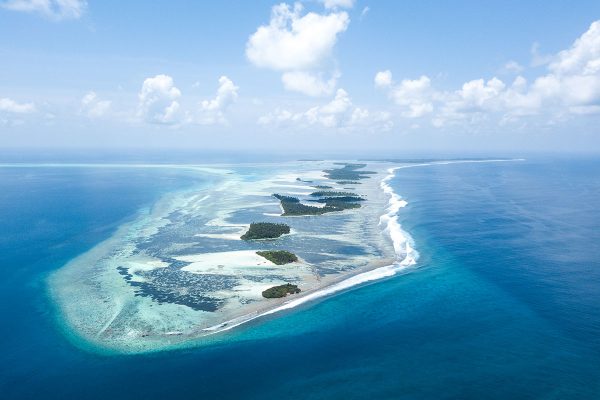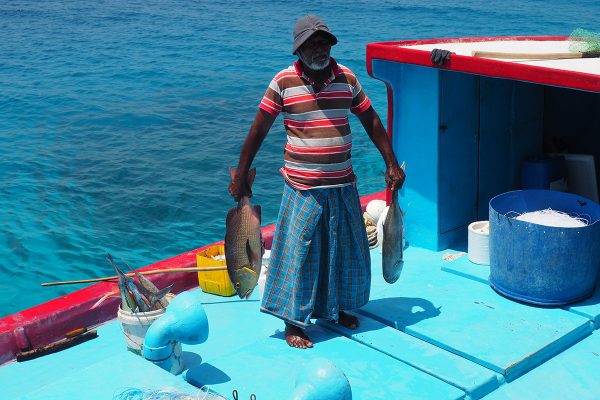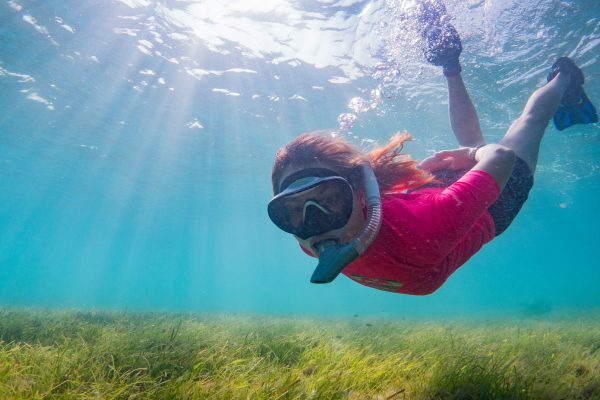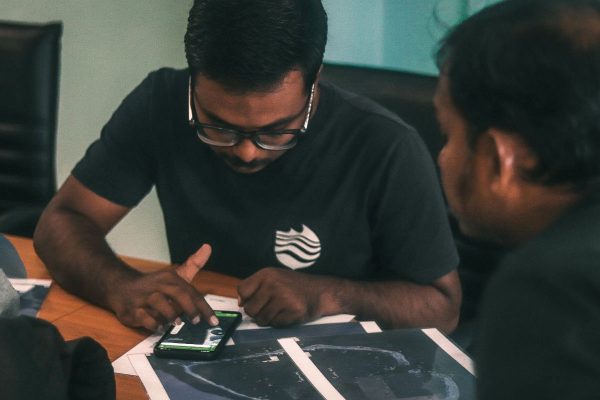OUR WORK
Resilience is the ability of a system – i.e., a country or community – to prevent, resist, absorb, adapt, respond and recover from a shock or disruption in a timely and effective manner without compromising its long-term prospects.
We work closely with communities, fisherfolk, governments and the private sector to ensure that the coral reefs in the Maldives are resilient to the impacts of climate change. This include expanding the coverage of effectively managed Marine Protected Areas and promoting locally tailored models of sustainable, small-scale fisheries that benefit Maldivian people.

Increasing marine protection to build climate resilience

Improving the sustainability of Maldivian fisheries

Promote and encourage environmentally responsible tourism

Strengthen the local capacity for marine conservation
